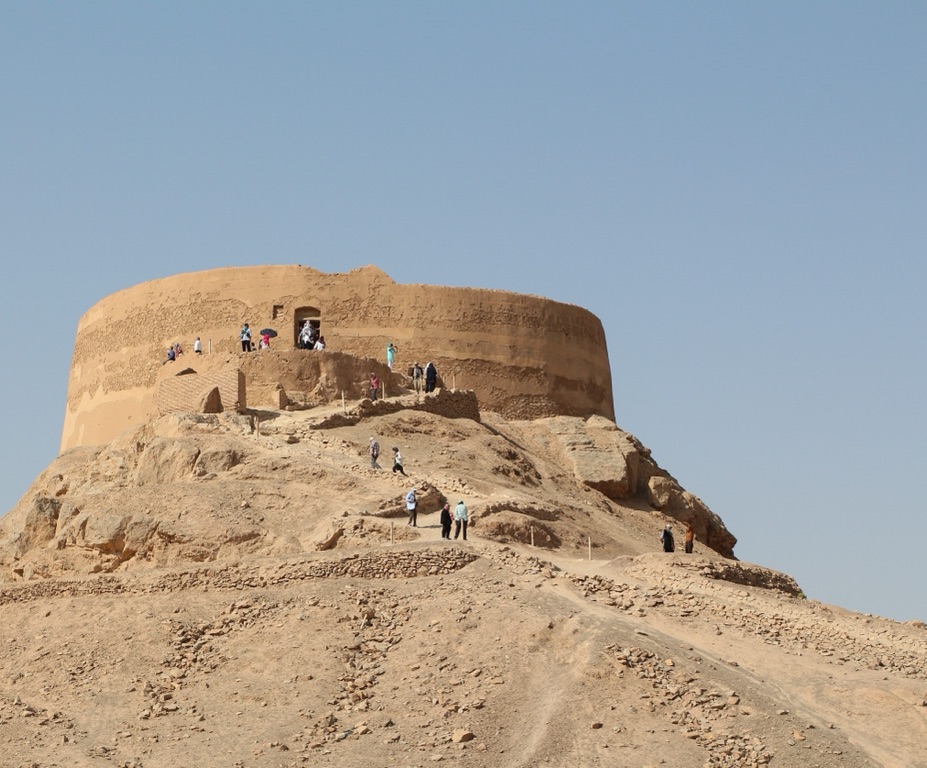Summary
An Introduction to Tower of Silence
The Tower of Silence, or Dakhma, is an ancient structure with a solemn purpose nestled on the outskirts of Yazd, Iran. It stands as a testament to the Zoroastrian tradition of sky burial, where the deceased were left to the elements atop raised circular platforms. This practice, deeply respectful of the earth by not contaminating it with human remains, dates back centuries and speaks to the Zoroastrian belief in purity. The Towers of Silence in Yazd, largely unused today, continue to evoke curiosity and reverence, attracting visitors seeking to understand the ancient rituals and beliefs of Zoroastrianism.
Get your dose of History via Email
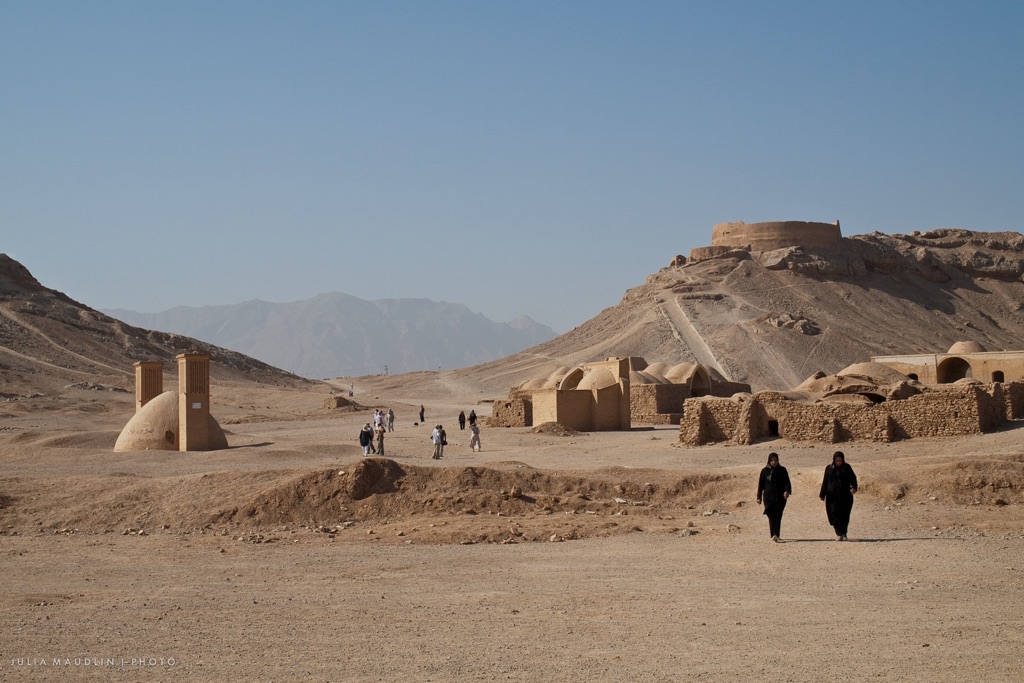
Architectural Features and Historical Significance
The structure of Yazd’s Tower of Silence is architecturally intriguing, featuring a flat-topped, domed center symbolizing the earth with concentric circles. The deceased were carefully placed in these circles, arranged according to age and gender. The site also gives a panoramic view of the surrounding landscape, emphasizing its significance as a place between heaven and earth. The historical importance of the Tower of Silence extends beyond religious practices as it symbolizes the Zoroastrian community’s resilience and their influence on Persian culture and history.
Visiting Yazd’s Tower of Silence Today
Though no longer in use for its original purpose, the Tower of Silence remains a potent cultural and historical point of interest. Visitors to Yazd can explore the site, comprehending how the ancient Zoroastrians honored life and death. Tours often include stories enriching the experience and offering insights into Zoroastrianism’s impact on modern society. As a place of quiet reflection, the Tower of Silence invites guests to look back at a tradition with deep respect for nature and the cycles of life.
Historical Background of Tower of Silence Yazd
Origins and Significance in Zoroastrianism
The Tower of Silence, also known as Dakhma, emerged from the Zoroastrian faith, one of the world’s oldest religions. These ancient structures served as a sacred place for the dead, following a unique ritual connected to the concept of purity. Zoroastrians believed in the sanctity of the natural elements—earth, fire, and water—and the towers ensured that these elements remained untainted by death. Elevated above the ground, the dead were exposed to the sun and scavenging birds, reflecting a cycle of life that embraced nature’s role in decomposition and renewal.
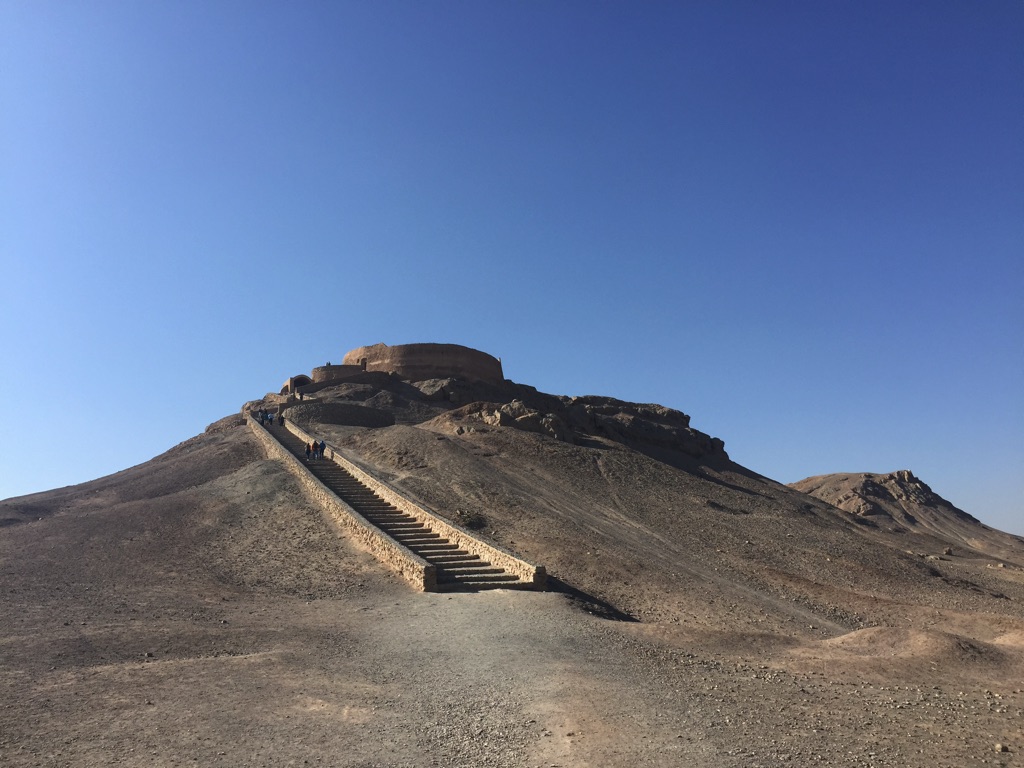
Architectural Design and Purpose
The physical design of the Tower of Silence was ideally suited for its spiritual purpose. It featured a flat roof with a central pit and outer platforms, where bodies were placed categorically by gender and age. The design facilitated the swift return of the elements to nature, an embodiment of Zoroastrianism’s environmental considerations. The strategic location of the towers, often in desert areas like Yazd, emphasized their liminal position between the realms of the living and the dead, resonating with visitors today as a bridge to an ancient world.
The Tower of Silence in Yazd holds an especially poignant place in Iran’s history. As the country’s Zoroastrian population faced pressures from the rise of Islam, these towers stood as silent symbols of resilience and adaptation. The community in Yazd remained significant caretakers of their heritage, with the towers at the city’s edge marking their commitment to tradition and underscoring the Zoroastrians’ lasting impact on Persian cultural landscapes.
The Decline and Preservation Efforts
By the 20th century, changes in societal norms and religious practices led to the decline in the use of Towers of Silence. As burials in the earth became more common, the towers were abandoned in favor of modern cemeteries. However, efforts to preserve these historical sites ramped up, recognizing their cultural and architectural importance. Today, the Tower of Silence in Yazd is a protected site, with conservationists working to maintain its structure and the stories it holds.
The historical significance of the Tower of Silence extends beyond the Zoroastrian community. It has become a point of interest for scholars, historians, and tourists seeking to understand the breadth of Persian history. The blend of reverence and awe that the towers inspire has also sparked broader conversations about death, spirituality, and the intersection of religion with ecology, ensuring that the Tower of Silence in Yazd remains relevant even as its original use fades into the past.
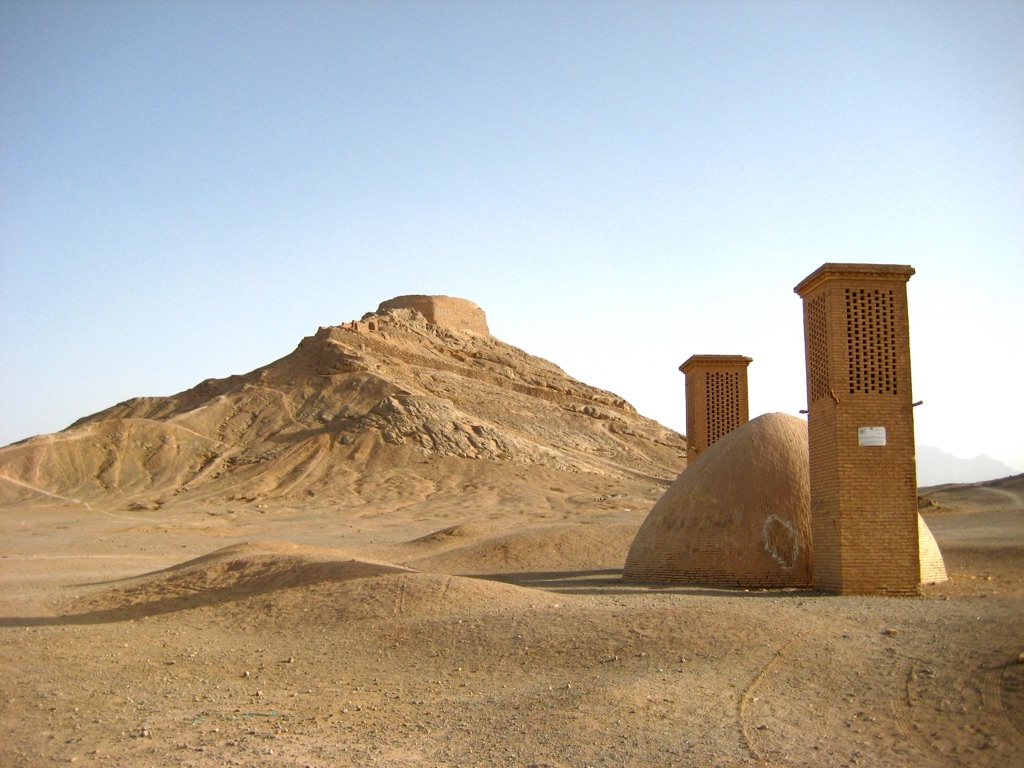
The Discovery of Tower of Silence Yazd
Unveiling the Ancient Site
While the exact date of the Tower of Silence’s creation remains unknown, its discovery by the Western world traced back to the travels of European explorers in the 19th century. It was then that the striking image of the Yazd towers first captivated a global audience. The Zoroastrian community had long guarded these sacred structures, but as Iran opened to international explorers, the profound heritage of the Towers of Silence was revealed. Their unique approach to death and rituals drew keen interest from anthropologists and historians alike.
The Role of Travelogues and Diaries
Travelogues and personal diaries of explorers played a crucial role in introducing the Tower of Silence to a wider audience. These accounts, rich with first-hand descriptions, shed light on the Zoroastrian customs associated with the towers. It was the vivid detailing in these documents that provided the initial glimpses into the purpose and significance of the towers. Scholars pored over these texts, gaining insights that would fuel further research and a deeper understanding of Zoroastrian practices.
The importance of the Tower of Silence was magnified as archeologists began to take an interest in the site. Detailed excavations and research provided a clearer timeline and function for the structures. Moreover, local Zoroastrian historians provided invaluable knowledge. They offered context to the physical remains, explaining the ceremonies that had taken place there. This collaborative exploration underscored the towers’ status as a place of cultural exchange and learning.
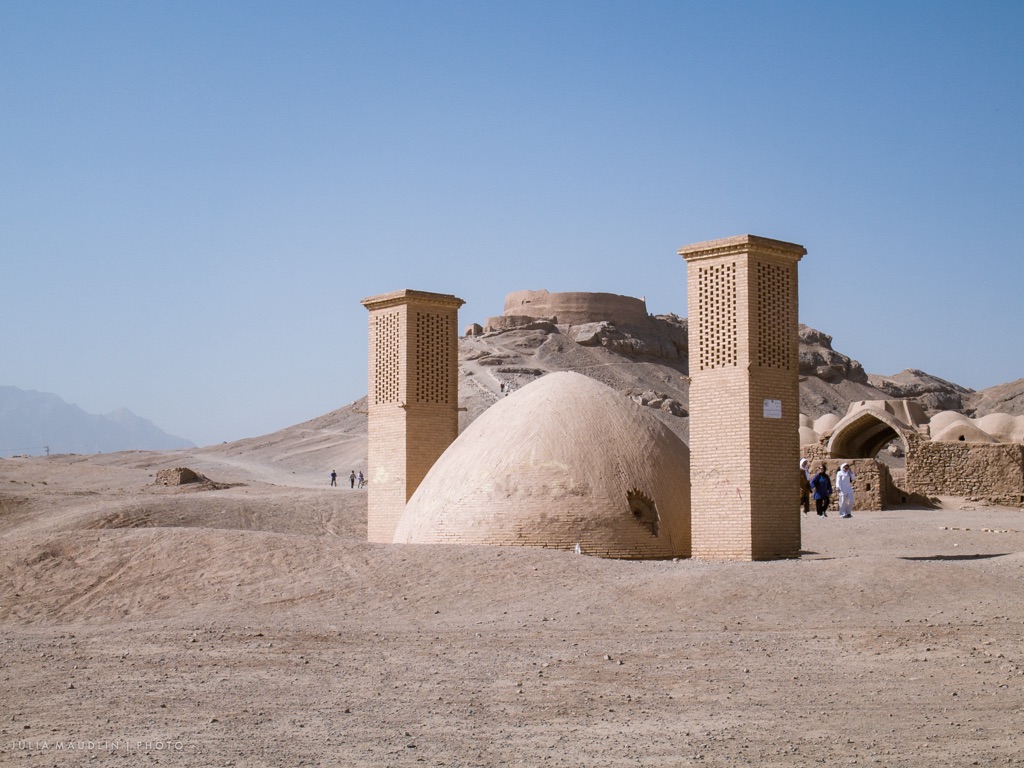
Modern Recognition and Visitor Engagement
Today, the Tower of Silence in Yazd has become a must-visit historical site for those traveling to Iran. Carefully curated tours offer visitors a comprehensive narrative of the tower’s past. They explain the discovery process and detail the tower’s role in Zoroastrian rites. This engagement helps preserve the tower’s legacy. It allows visitors to grasp the deep spiritual connection the Zoroastrian community has with this sanctuary of silence.
Increased academic interest and the growing reach of digital platforms have expanded knowledge of the Tower of Silence globally. The site now enjoys a reputation that transcends physical borders. Information about its history and cultural significance spreads far and wide, peaking curiosity and promoting a desire to conserve this integral piece of human heritage. The story of its discovery continues to fascinate, highlighting the tower as a symbol of the human endeavor to understand life, death, and the divine.
Cultural Significance, Dating methods, Theories and Interpretations
The Cultural Impact of Yazd’s Tower of Silence
The Tower of Silence in Yazd does not merely stand as an archaeological wonder; it holds a profound place in the cultural memory of Zoroastrians and Persians alike. It encapsulates a unique philosophy towards life and death, emphasizing an environmental consciousness that predates modern eco-centric movements. The cultural significance of these towers endures in the lessons they teach about reverence for nature and the interconnectedness of humanity and the earth.
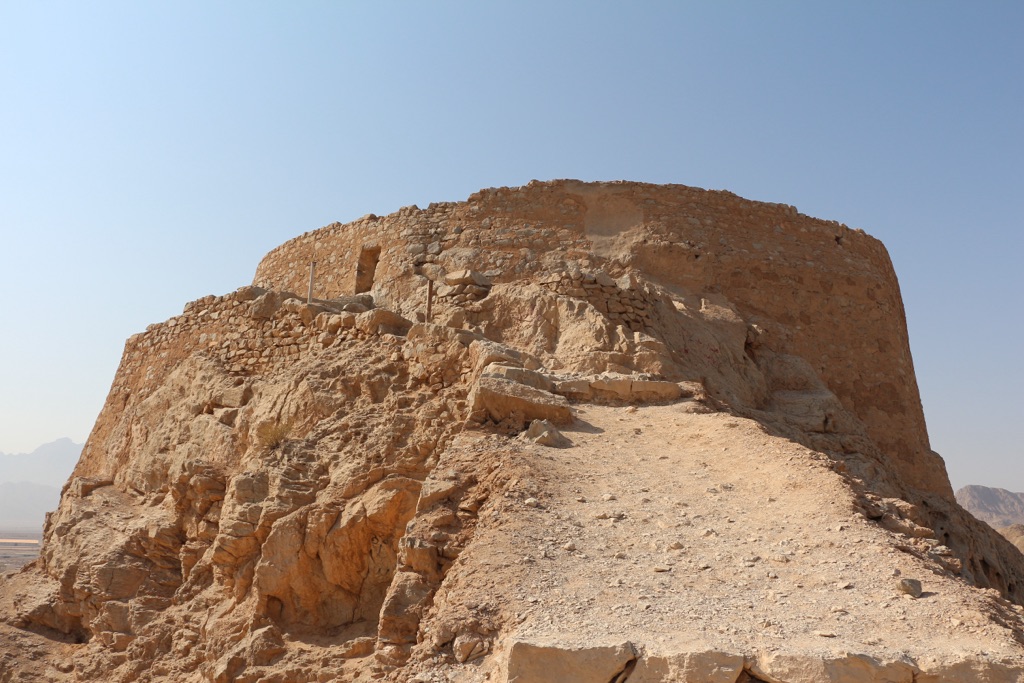
Deciphering the Age of the Towers
Establishing the age of the Tower of Silence has posed a challenge for historians. Traditional dating methods, like carbon dating, are less effective due to the nature of the site. Researchers often rely on textual sources, architectural comparisons, and regional histories to estimate their age. Though the exact timeline remains elusive, it’s widely accepted that the towers were in use for centuries, illustrating the long-standing nature of Zoroastrian practices in Persia.
Theories regarding the Tower of Silence abound, each offering a different lens through which to view this enigmatic structure. Some scholars suggest the tower represents a cosmological map, its design mirroring celestial patterns revered by Zoroastrians. Others focus on the social aspects, theorizing the towers were also a statement of identity and cohesiveness within the Zoroastrian community. These interpretations, while varying, underline the depth and complexity inherent in the Tower of Silence.
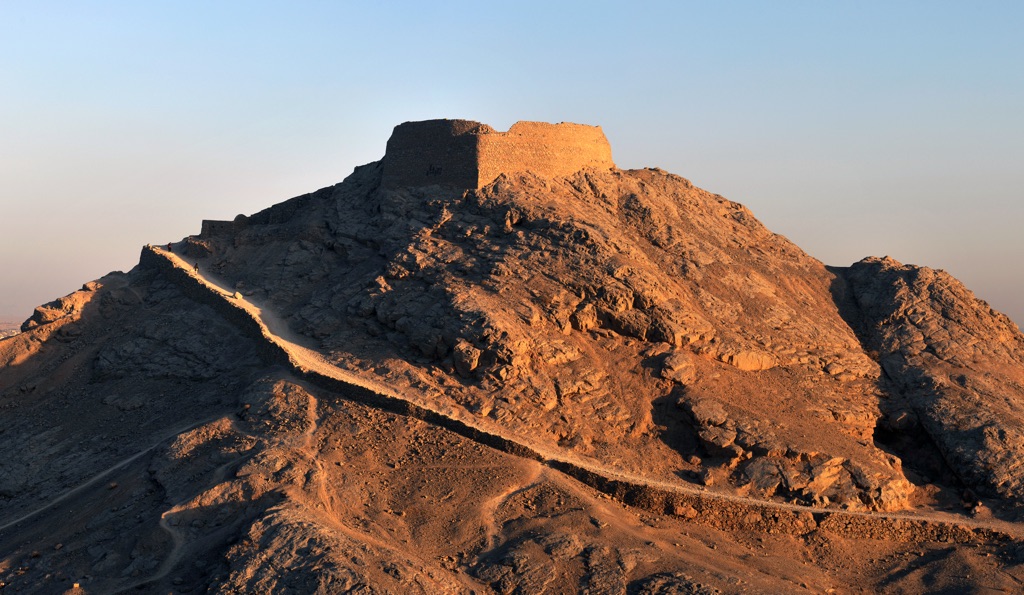
Interpreting the Tower’s Symbolism
Interpretations of the Tower of Silence’s symbolism delve into its physical and spiritual dimensions. The concentric circles are often considered as layers of the cosmos, connecting the earthly plane to the heavens. Similarly, the act of sky burial is interpreted as a final act of charity, giving the body back to nature. Such interpretations not only enrich our understanding of the past but also provide a poignant commentary on human beliefs and rituals.
Over time, the Tower of Silence has become more than a historical site; it stands as a cultural icon, representing a timeless bridge between the ancient world and contemporary society. As a focus of academic study and a site of pilgrimage, the Tower of Silence carries a legacy that transcends its origins, stirring curiosity and reverence in those who encounter its story.
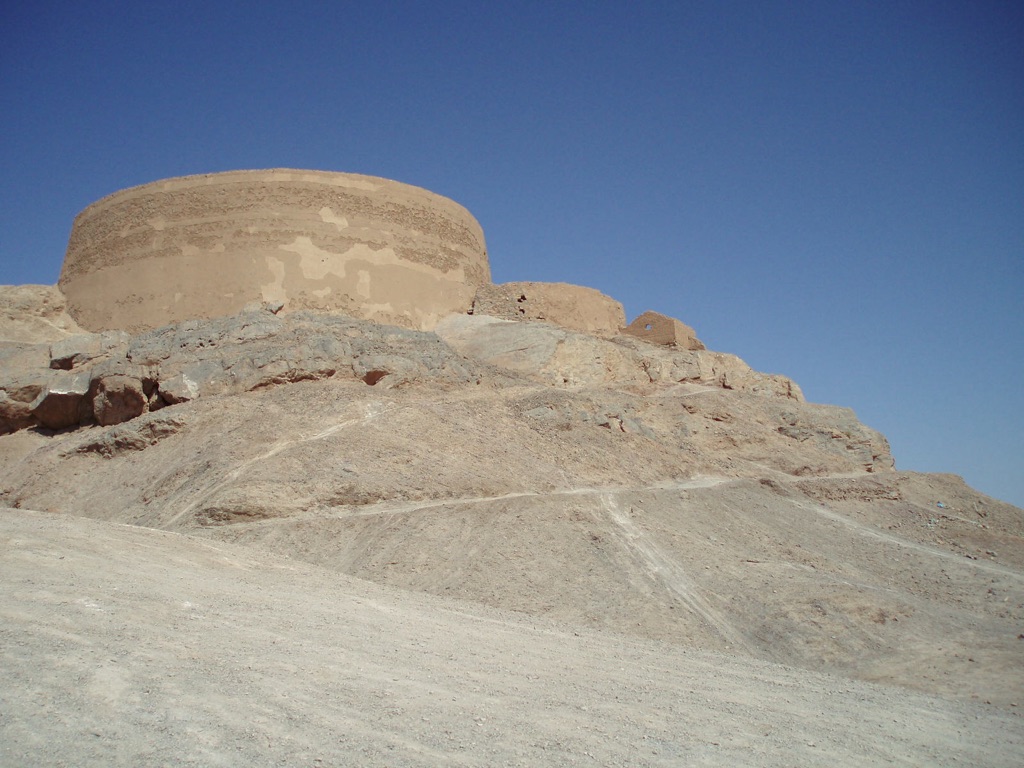
Conclusion and Sources
In conclusion, the Tower of Silence in Yazd holds a wealth of cultural and historical significance. This ancient structure offers a window into the spiritual and environmental considerations of the Zoroastrian faith, showcasing ancient practices of honoring the dead. It serves as a reminder of Iran’s rich historical tapestry and continues to captivate those who explore its narrative. As the final resting place for a once-flourishing community, it stands as a monument to an enduring legacy of respect for the earth and the cycles of nature.
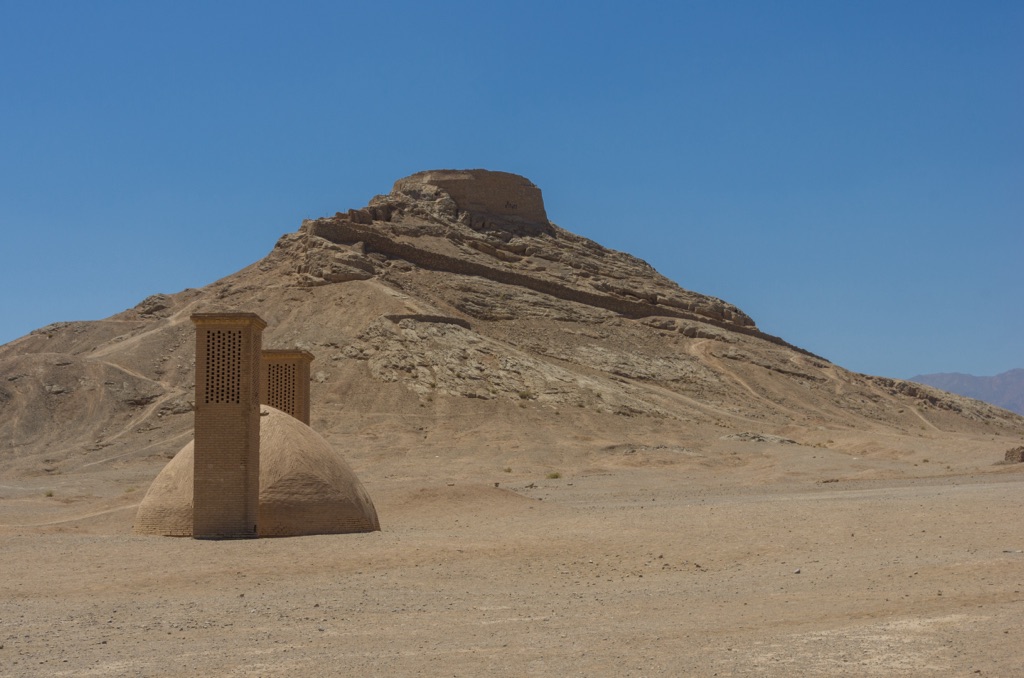
For further reading and to validate the information presented in this article, the following sources are recommended:
Or you can check any of these reputable archaeological and historical texts:
Boyce, M. (1979). Zoroastrians: Their Religious Beliefs and Practices. London: Routledge & Kegan Paul.
Stausberg, M. (2004). Die Religion Zarathushtras: Geschichte – Gegenwart – Rituale. Stuttgart: Kohlhammer Verlag.
Choksy, J. K. (1989). Purity and Pollution in Zoroastrianism: Triumph Over Evil. Austin: University of Texas Press.
Hinnells, J. R. (1991). The Zoroastrian Diaspora: Religion and Migration. Oxford: Oxford University Press.
Duchesne-Guillemin, J. (1988). Symbolism in the Zoroastrian Religion. History of Religions, 27(3), 246-259.

